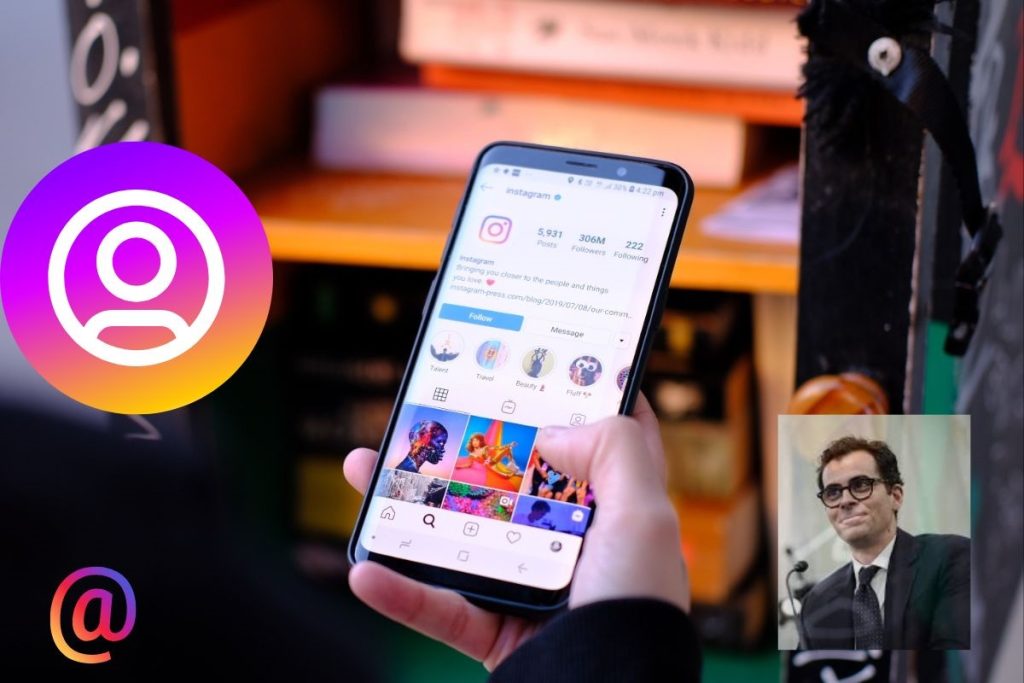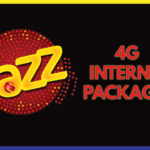 In an AMA session this weekend, Adam Mosseri, the head of Instagram, provided surprising insights into why videos on Instagram may lose quality over time. This revelation has left content creators—especially small ones—wondering if they are at a disadvantage. Here’s a complete breakdown of Mosseri’s comments, how Instagram manages video quality, and what it means for creators.
In an AMA session this weekend, Adam Mosseri, the head of Instagram, provided surprising insights into why videos on Instagram may lose quality over time. This revelation has left content creators—especially small ones—wondering if they are at a disadvantage. Here’s a complete breakdown of Mosseri’s comments, how Instagram manages video quality, and what it means for creators.
Why Does Instagram Reduce Video Quality?
Mosseri revealed that Instagram adjusts video quality based on performance metrics. Videos that fail to gather views over time are downgraded to a lower quality to save resources. However, if those videos gain popularity later, the platform restores them to higher quality.
- High viewership equals high quality: Instagram focuses its best video rendering efforts on popular posts.
- Low-performing posts get compressed: Videos that don’t maintain views will see their quality reduced.
- Performance spikes restore quality: If engagement increases later, the system upgrades the video to higher quality again.
According to Mosseri, this adjustment allows Instagram to better manage CPU and storage resources, prioritizing creators with larger audiences and higher view counts.
How Does Instagram Decide Which Videos Stay High-Quality?
Instagram uses an aggregate performance system, not individual viewer data, to determine how much CPU-intensive encoding a video deserves. Here are the key takeaways:
- No binary threshold: Mosseri clarified there is no on/off switch for quality. Instead, Instagram applies a sliding scale to gradually adjust quality based on views.
- Popular creators benefit the most: Content creators with higher view counts are prioritized for high-quality encoding. Smaller creators may find their content downgraded faster.
- Storage optimization: This strategy allows Instagram to reduce storage requirements for older, less popular videos.
Meta has previously confirmed that video encoding depends on popularity metrics, further explaining that the company balances computing resources by compressing low-performing videos.
What Are Creators Saying?
Many small creators have expressed concern about these practices, saying that the system makes it harder for them to compete with bigger accounts. Here are some responses from the Instagram community:
- Unfair disadvantage for small creators: Many feel that larger creators gain more visibility due to preferential treatment in video quality, further widening the gap.
- Viewer engagement vs. video quality: Some users pointed out that while video quality may not matter much to viewers, it impacts the creator’s confidence and willingness to keep the content live.
- Frustration with blurry highlights: Mosseri’s comments came after a complaint about old story highlights appearing blurry. Users say this can reduce their engagement, especially on carefully curated content.
One Threads user reposted Mosseri’s statements, attracting mixed reactions across social media. While some agree that content matters more than video quality, others argue that poor quality could reduce engagement and affect how smaller creators grow their audience. Atechword tech website also verifies this Instagram Reduces Video Quality news.
Key Quotes from Adam Mosseri
Here are some of Mosseri’s most impactful comments from the AMA session:
“In general, we want to show the highest-quality video we can. But if something isn’t watched for a long time…we will move to a lower quality video.”
“Quality seems to be much more important to the original creator, who is more likely to delete the video if it looks poor, than to their viewers.”
“It’s not a binary threshold…but rather a sliding scale.”
These quotes highlight Instagram’s resource management strategy, balancing between maintaining high-quality videos and controlling storage costs.
Table: How Instagram Manages Video Quality
| Performance | Video Quality Level | Encoding Type | Impact on Creators |
|---|---|---|---|
| High Views | High Quality | CPU-intensive | Greater visibility, better video clarity |
| Low Views | Lower Quality | Compressed | May lead to reduced engagement |
| Resurgence in Views | Restored High Quality | Re-encoded | Content becomes clear again |
| Consistently Low | Permanently Low Quality | Minimal encoding | Video remains blurry in archives |
Is This System Fair for Small Creators?
The system Instagram uses raises questions about fairness. Since higher-quality encoding is costly, Instagram gives preference to content that gets more views. This might work well for established influencers, but it poses challenges for new or smaller creators.
- Bias toward big accounts: With priority encoding going to larger creators, smaller ones struggle to keep their content in high quality.
- Discouragement from content creation: Blurry videos may push smaller creators to delete posts, leading to fewer opportunities for growth.
- Video content vs. quality: Mosseri defended the system, saying viewers prioritize the content itself, not the video quality. But some creators argue that low-quality videos hurt their brand perception.
Does Video Quality Really Affect Engagement?
While Mosseri insists that viewers care more about content than video clarity, some studies and user feedback suggest otherwise:
- Aesthetic content drives engagement: High-quality visuals, especially on a visual platform like Instagram, attract more likes and shares.
- Blurry videos discourage interaction: Viewers may be less inclined to engage with low-quality content, especially if the platform offers better alternatives.
- Content retention: Creators might delete videos that look poorly rendered, reducing content longevity and overall platform engagement.
What Should Small Creators Do?
For small creators, it’s crucial to work around the system and maximize engagement within the first few hours of posting. Here are some strategies to maintain video quality:
- Post at peak times: Analyze audience behavior to post when your followers are most active.
- Encourage immediate interaction: Ask followers to like, share, and comment to boost the initial view count.
- Repurpose content: If a video is downgraded, consider reposting it with minor edits to regain quality.
- Collaborate with larger accounts: Partnering with popular creators can help your content reach a wider audience quickly.
Final Thoughts: Balancing Content with Platform Constraints
Instagram’s video quality reduction policy highlights the challenges of managing resources on a large-scale platform. While this approach benefits top-performing creators, it leaves smaller ones struggling to maintain visibility and engagement.
Mosseri’s comments suggest that content is king, but the aesthetic value of video cannot be ignored. Creators will need to find ways to adapt by focusing on engagement strategies that push their content into higher-quality tiers.
In the end, Instagram’s strategy serves as a reminder that platform algorithms are constantly evolving. Small creators must stay proactive, keep experimenting, and use all tools at their disposal to compete with larger accounts.








![All-Mobilink-Internet-Packages-Both-2G-3G-Bundles-1[1]](https://whatmobilez.com/wp-content/uploads/2020/11/All-Mobilink-Internet-Packages-Both-2G-3G-Bundles-11-150x150.jpg)
![Mobilink-Jazz-Weekly-offer[1]](https://whatmobilez.com/wp-content/uploads/2015/11/Mobilink-Jazz-Weekly-offer1-150x150.jpg)